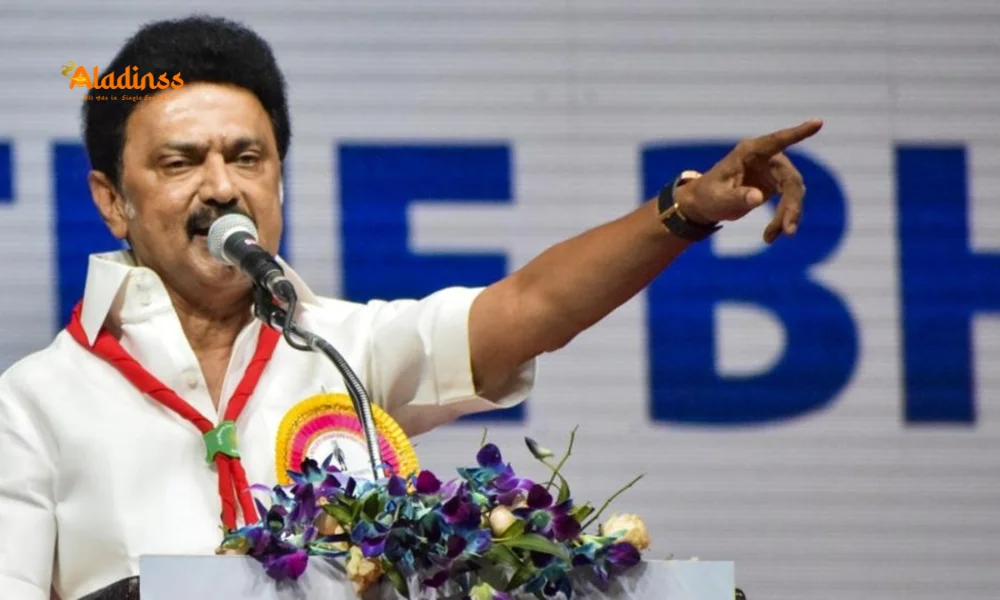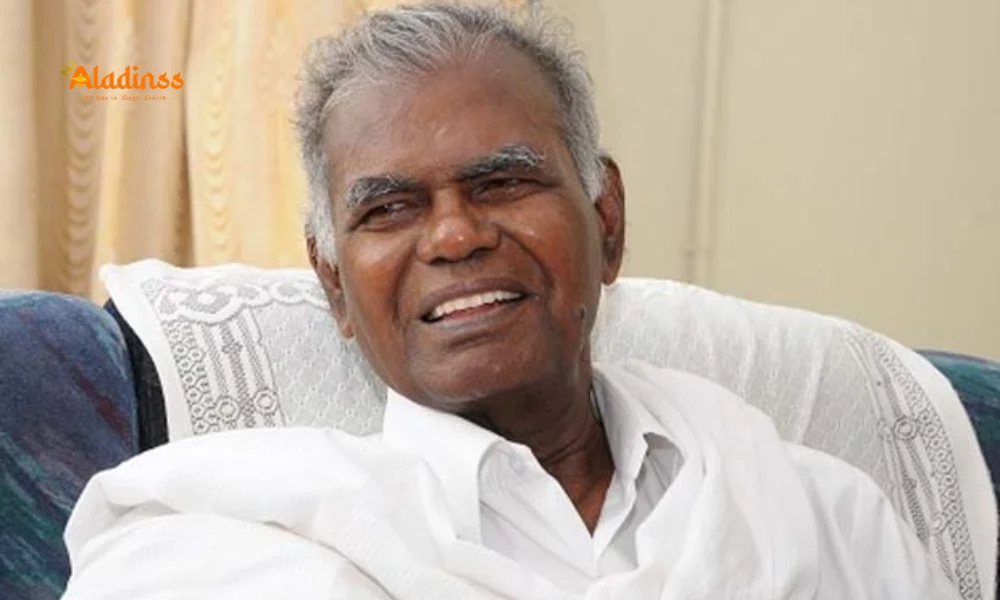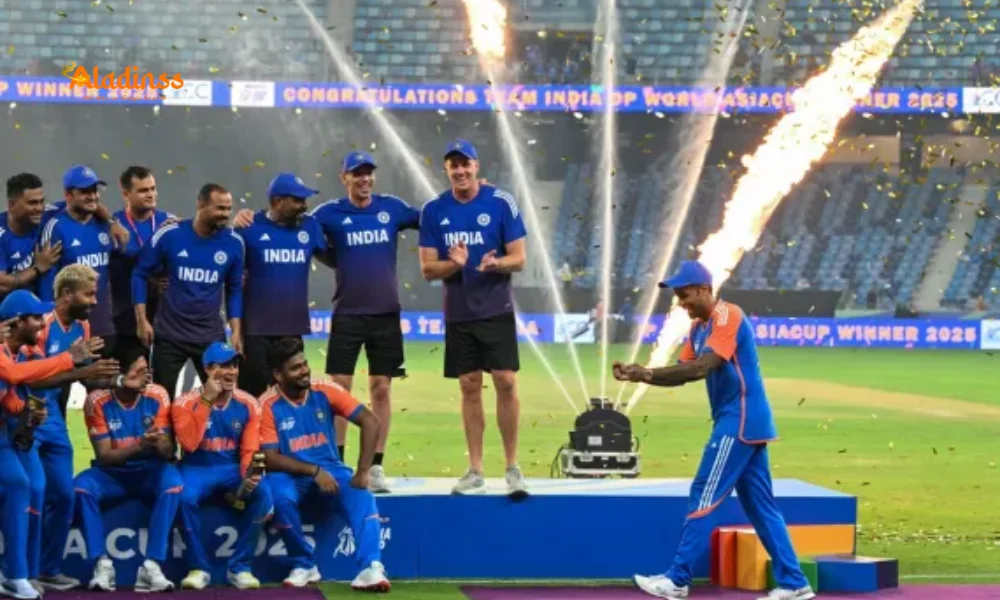India Aims to Seal US Trade Deal by November, Says Goyal
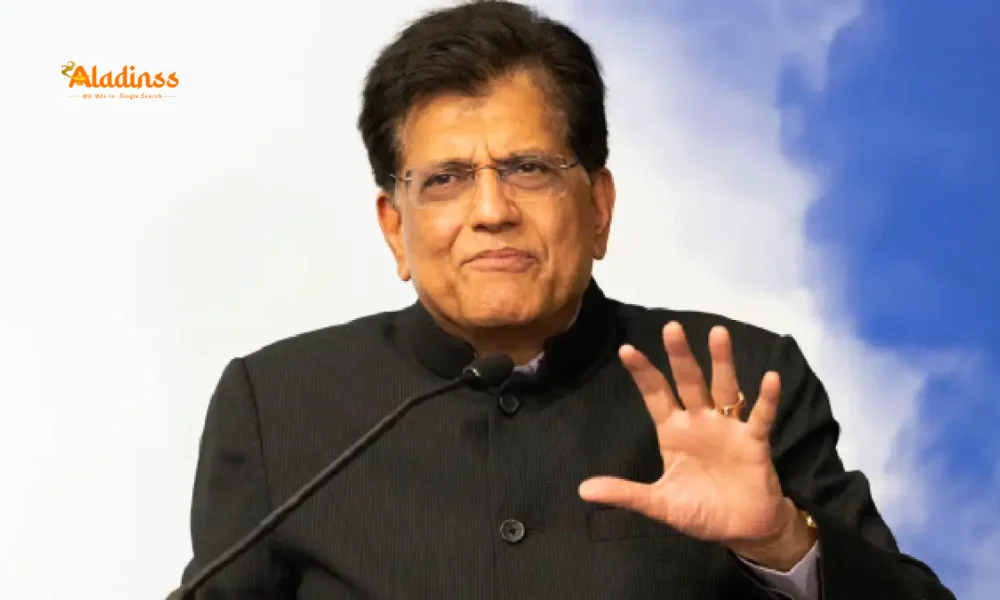
India Aims to Seal US Trade Deal by November, Says Piyush Goyal
Amid escalating trade tensions due to the Trump administration’s imposition of 50% tariffs on Indian exports, Union Commerce Minister Piyush Goyal expressed optimism about concluding a bilateral trade agreement (BTA) with the United States by November 2025. Speaking at the Annual Global Investor Conference 2025 in Mumbai on September 2, Goyal highlighted ongoing dialogues and the government’s commitment to resolving geopolitical hurdles to finalize the deal. His remarks come at a critical juncture as India navigates a complex global trade landscape, balancing strategic autonomy with economic partnerships.
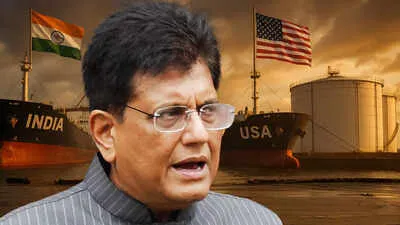
Trade Talks Amid Tariff Tensions
The India-US trade negotiations, which began in March 2025, have completed five rounds but faced a setback when the US imposed a 50% tariff on Indian goods, effective August 27, 2025. This included a 25% punitive tariff linked to India’s continued purchase of Russian oil, a move the Trump administration claims supports Russia’s actions in Ukraine. The sixth round of talks, originally scheduled for August 25 in New Delhi, was postponed, with no new dates announced. Goyal emphasized that resolving the tariff dispute, particularly the additional 25% levy, is crucial for resuming negotiations. “I do hope that things will get back on track soon and we will conclude a bilateral trade agreement by autumn, November or so, as was discussed by our two leaders in February,” he stated at the conference.
Despite these challenges, Goyal remains confident about the trajectory of the talks. At a separate industry event organized by the Confederation of Indian Industry (CII), he reiterated, “We are in dialogue with the US for a BTA.” The proposed agreement aims to more than double bilateral trade in goods and services from $191 billion to $500 billion by 2030, a goal set by Prime Minister Narendra Modi and US President Donald Trump during earlier discussions. The Commerce Minister’s optimism aligns with statements from US Treasury Secretary Scott Bessent, who, in a Fox News interview, expressed confidence that the two democracies would resolve their differences, noting, “India is the most populous democracy in the world. Their values are much closer to ours than to China’s or Russia’s.”
Geopolitical Challenges and Strategic Autonomy
The trade negotiations have been overshadowed by geopolitical tensions, particularly India’s continued trade relations with Russia. President Trump, in a post on Truth Social on September 1, 2025, criticized India’s high tariffs and its reliance on Russian oil and military purchases, calling the trade relationship “totally one-sided.” He claimed India had offered to reduce tariffs to zero, but warned that time was running out. Goyal acknowledged these complexities, stating, “We have had a little bit of geopolitical issues overtaking trade issues in our negotiations with the United States of America.” However, he framed the global trade environment as a “half-full glass,” suggesting that volatility presents opportunities for Indian businesses to strengthen their global presence.
India has maintained a firm stance on protecting its strategic autonomy, particularly in its agricultural and dairy sectors, which are non-negotiable red lines in the BTA talks. This position has been consistent across India’s trade agreements with other nations, including Australia, the UAE, Mauritius, the UK, and the European Free Trade Association (EFTA). Goyal’s remarks reflect India’s broader trade strategy, which prioritizes national interests while fostering partnerships with developed nations. The government’s push for Aatmanirbhar Bharat (self-reliant India) emphasizes resilient supply chains to reduce dependency on any single country, a point Goyal underscored by citing advancements in domestic manufacturing of drones, semiconductors, and cold-rolled grain-oriented (CRGO) steel.
India’s Global Trade Strategy
India’s trade negotiations with the US are part of a broader strategy to expand its global economic footprint. Goyal highlighted recent free trade agreements (FTAs) with Australia, the UAE, Mauritius, the UK, and the EFTA bloc, noting, “Lots have happened, lots more to go.” The Commerce Minister also provided an update on the India-EU FTA, stating that negotiations are at an advanced stage. Commerce Secretary Sunil Barthwal is currently in Brussels, with the 13th round of talks scheduled to begin in New Delhi on September 8, 2025. European Commissioner for Trade Maros Sefcovic is expected to visit India in October to review progress, with both sides aiming to finalize the agreement by the end of 2025.
Goyal’s comments also touched on improving India-China relations, particularly in the context of easing border tensions following the 2020 Galwan clash. “As the border issue gets resolved, I think the situation getting back to normal is a very natural consequence,” he said. This development is significant as domestic industries push for relaxed Foreign Direct Investment (FDI) norms under Press Note 3 (PN3), which mandates government approval for investments from countries sharing land borders with India, such as China. The Economic Survey 2025 has advocated for attracting Chinese investments to address rising imports, a move that could bolster India’s manufacturing sector while maintaining economic security.
Economic Resilience and Sustainability
Addressing global economic volatility, Goyal emphasized the government’s efforts to strengthen India’s economy through domestic sourcing and sustainable practices. He urged industry leaders to prioritize energy-efficient technologies, such as LED bulbs and 5-star appliances, to align with India’s sustainability goals. “We recognize that there is tremendous global turbulence, and we are living in volatile, uncertain times, full of trepidations about the future,” he said, encouraging businesses to view these challenges as opportunities for growth. India’s export performance, with goods worth $437 billion in FY25 and $149 billion between April and July 2025, reflects the country’s growing global market presence.
The government is also introducing measures to support all sectors, aiming to surpass last year’s export figures. Goyal stressed the importance of quality manufacturing that minimizes environmental impact while maintaining high standards. This approach aligns with India’s vision of becoming a self-reliant economic powerhouse, capable of withstanding unilateral trade actions, such as the US tariffs. The Commerce Minister’s focus on resilient supply chains underscores India’s strategy to diversify its export markets and reduce reliance on any single geography, ensuring long-term economic stability.
Navigating Tariff Disputes
The imposition of 50% tariffs by the US, including the 25% punitive tariff over India’s Russian oil purchases, has strained negotiations. Indian officials have assured exporters that the impact of these tariffs may be less severe due to the diversified nature of India’s export markets, which account for only 2% of global exports. However, resolving the tariff dispute remains a priority for resuming the sixth round of BTA talks. Goyal’s earlier statements in July 2025 highlighted “fantastic progress” in negotiations, with India seeking preferential market access compared to competitors like Japan and Vietnam, which face 15% and 20% tariffs, respectively.
The Commerce Minister has consistently emphasized that India does not negotiate under pressure or strict deadlines, prioritizing national interests. This stance was reiterated by External Affairs Minister S Jaishankar, who noted, “We have some red lines, and they are to be maintained and defended.” The government’s approach reflects a balance between fostering international partnerships and safeguarding domestic industries, particularly in sensitive sectors like agriculture and dairy, which employ millions and are politically significant.
Future Prospects
As India and the US work toward concluding the first phase of the BTA by November 2025, both sides remain engaged through active communication channels. The agreement, if finalized, could pave the way for deeper economic ties, addressing contentious issues like tariffs and market access while fostering mutual growth. Goyal’s vision of a resilient, self-reliant India, coupled with strategic trade partnerships, positions the country to navigate global uncertainties effectively. The coming months will be critical in determining whether India can secure a deal that aligns with its economic goals and strengthens its position as a global trade leader.
Comment / Reply From
No comments yet. Be the first to comment!
